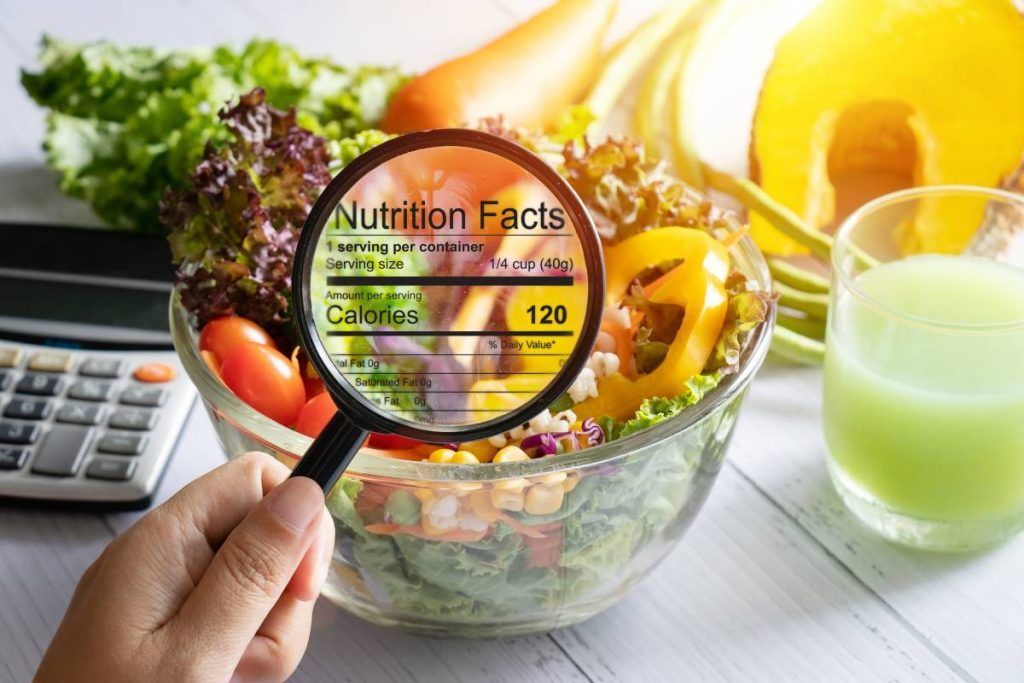
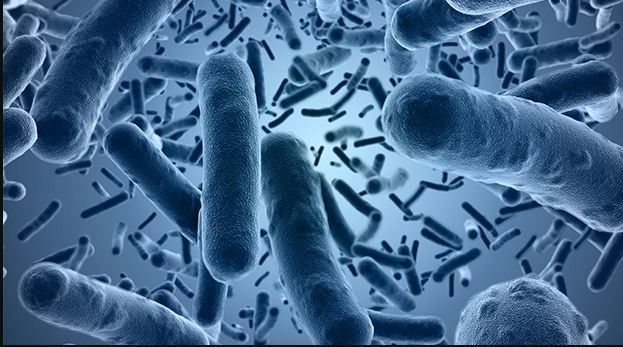


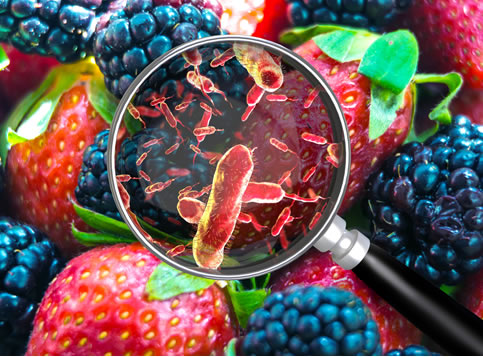
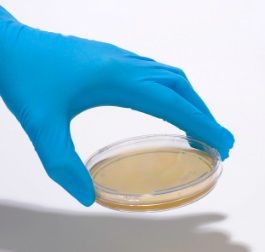
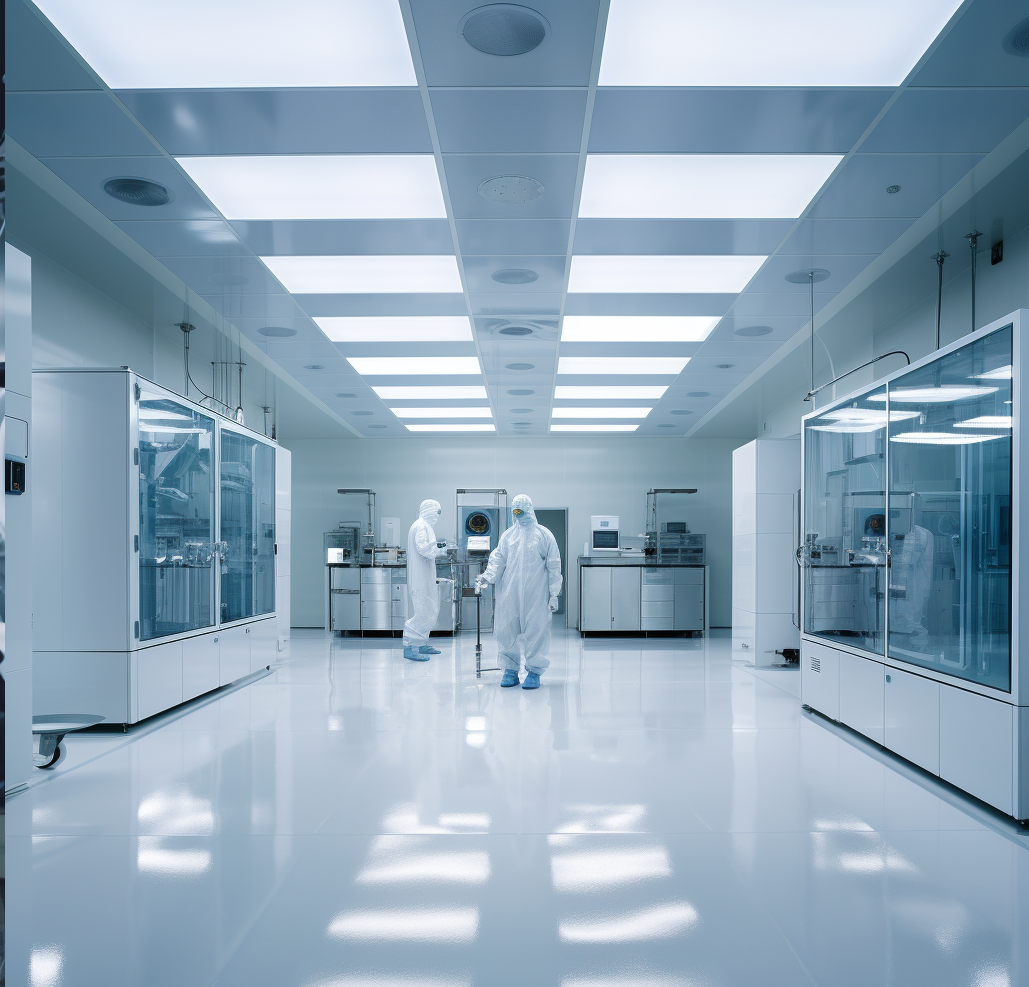
Food is one of the most significant aspects of our society today; whether we're at work or with family, food helps to nourish our mind and our bodies. Given the importance of food in our daily lives, factors affecting food like frequent outbreaks of food-borne illnesses as well as recalls of fruits, vegetables and meats have shaken the confidence of many consumers. In response, a growing number of consumers, restaurants and food distribution organizations have implemented policies and safeguards against further microbial outbreaks in food. In the majority of cases, these microbe focused practices and procedures have helped to reduce the bacterial load in many foods noticeably and as such lead to less frequent outbreaks. Though these new methods are effective against microorganisms, they do little in the way of preventing chemical and synthetic compounds from contaminating foods.
The presence of many chemical and synthetic compounds in food is not a new occurrence and is often due to unintentional introduction through environmental, mechanical and biological vectors. As such, many of these compounds are frequently introduced at varying stages of the production, processing, and transport cycle [2,]. Though various chemicals are often introduced during the different stages, only a handful of compounds are shown to affect consumer health. One such example of this occurred in the 1980s as levels of a class of chemical called dioxins, which are known to affect liver function and the immune system adversely, were shown to be elevated in several types of foods [1,3]. Since the 1980s, measures focused on minimizing the levels of dioxins in foods have yielded positive outcomes regarding the levels of dioxins found in people over the years has dropped [1,2]. Tests about the levels of dioxins in people using “milk as an indicator of the human body burden, where levels of dioxins have dropped to roughly 20% of the original level over the last 30 years.” [1]. The effectiveness of these distribution centered regulatory policies of contaminants has and will continue to lead to a long-term decrease in the levels of dioxins and other related chemical contaminants in the human body.
Tandem to dioxins, per and polyfluorinated alkylated substances (PFAS) have also been detected in many food products; however, unlike dioxins, the literature on these substances isn’t robust. Its known that PFAS are standard components in industrial-grade chemicals and are notoriously challenging to degrade while being detected at every level of the environment and in humans [1]. Due to the chemical properties of these compounds, they are commonly found in consumer products to give them water, dirt and grease repellant properties [2]. As such, the half-life of PFAS is particularly long in the human body as it takes several years for the compounds to exit the human body [1,2]. The presence of PFAS in food products may pose a long-term danger as high enough levels of these compounds has been shown to damage the liver, affect reproduction and even induce cancer [2]. Concentrations of these PFAS need to be continually monitored to mitigate any long-term health risks associated with elevated levels in food.
Along with these chemical substrated, current studies on nano and microscale materials like metals and metalloids, have also yielded results that point to elevated levels of these metals and metalloids in foods [1]. It is believed that many of the components in packaging materials used during the transport of these foods migrates into the food via microorganisms[1,2]. In a recent study by Munoz et al., on contaminant accumulation in bacterial communities called biofilms, it was shown "that PFASs are not only absorbed at the biofilm’s surface, but may also be incorporated within the matrix of extracellular polymeric substances (EPS)" [3]. In short, these findings show that microorganism accumulate these compounds in their cells at levels higher than would be observed in without microbes [3]. Thus the additive effect that microorganisms have on the concentration and introduction of these compounds in foods subsequently increases the risk of the presence of these compounds.
Elevated levels of the chemical compounds are known to be detrimental to the long-term health of people who consume foods containing these chemicals. As we've seen with the efforts to reduce dioxin levels in foods, routine quality testing of foods is the most effective way to reduce the levels of these compounds in our diet. Here at Sure-BioChem Laboratories, we recommend staying away from highly processed and prepackaged foods as they have the highest likelihood of having these chemicals being introduced into the food product. Additionally, foods stored in containers sprayed with nonstick substances also have a chance of introducing these substances onto food. For more information regarding chemical testing, bioburden testing or creating testing plans contact Sure-BioChem at 888-398-7247 to get your consultation today.
References







Interested in Working with
Sure-BioChem Laboratories
Sure-BioChem Laboratories offers top-notch analytical testing for various industries. Our advanced lab and expert team ensure reliable, quality results. We're committed to excellence, helping clients meet high standards in environmental, food, and pharmaceutical testing.
Headquarters:
1000 Atlantic Avenue
Camden, NJ 08104
PHONE: 888-398-7247
Main Menu